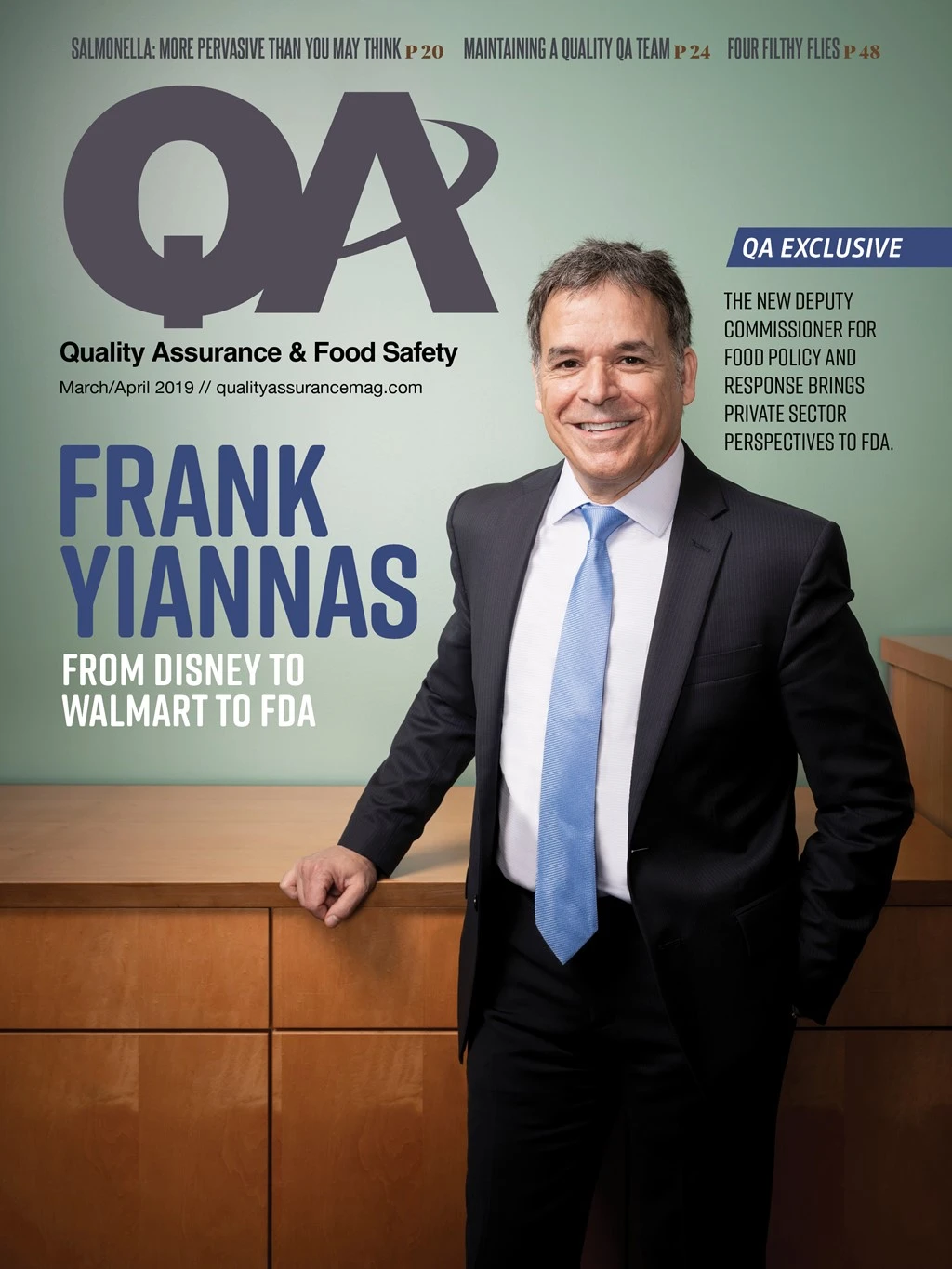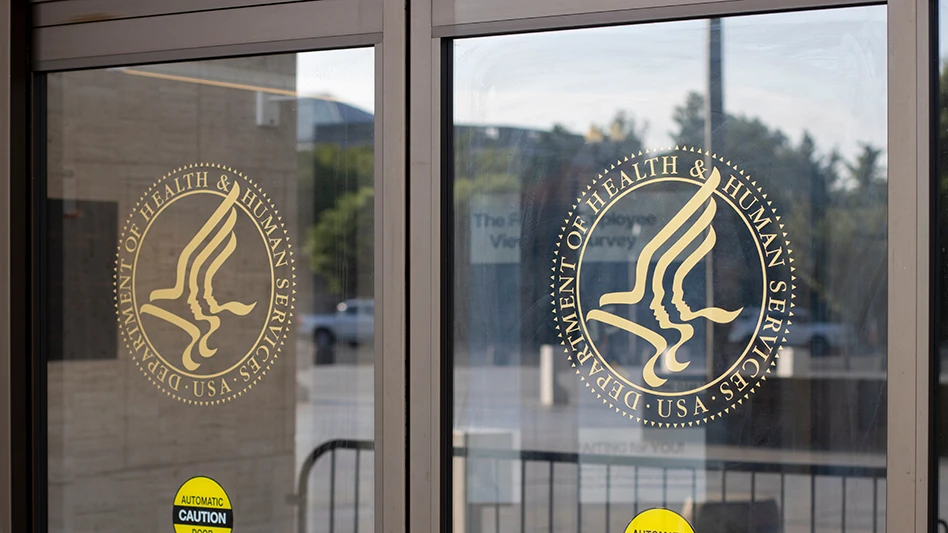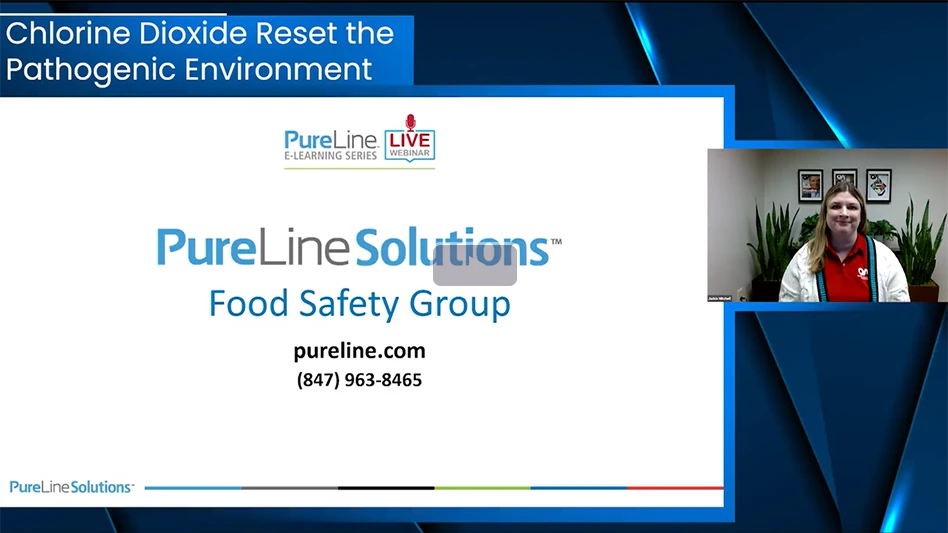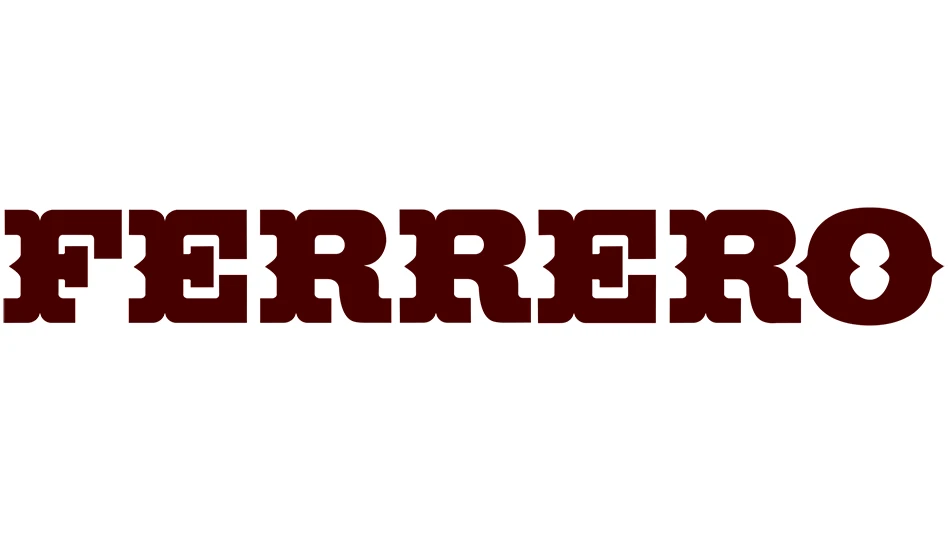
Public-private partnerships seem to have become a buzz phrase of the food industry of late. But the partnerships of today are going well beyond the financial definition of “a partnership between a government agency and private-sector company [that] can be used to finance, build, and operate projects” (investopedia.com). While such funding partnerships are increasing, we’re also seeing a trend toward general public-private partnering — as well as public-public and private-private — with an open sharing of knowledge.
One recent event I would see as symbolic of this is the appointment of longtime Walmart VP of Food Safety Frank Yiannas to FDA as deputy commissioner for food policy and response. As discussed in this issue’s Exclusive Cover Profile on Yiannas, one of his goals is to bring his private industry experience and learnings to FDA — from both Walmart and his prior stint at Disney. In fact, his FDA bio describes one of his duties as being “the Agency’s chief ambassador” which includes “working to develop innovative collaborations with external partners and stakeholders.”
But such partnering didn’t start with Yiannas’ appointment. FDA engages in partnerships with foreign governments, regulatory coalitions, development organizations, and academic institutions “to fulfill its mission to monitor and ensure the safety of the supply chain.” And if you follow the FDA Voices blog, you’ll not be surprised that the word “partner” appears in some context in at least 40 of these the last couple years, with the agency expressing its interest in “partnering with the stakeholders to further its public health mission.”
Then there are public-public partnerships such as FDA’s reliance on state partnerships for many of its Produce Safety Rule inspections of farms and its formal agreement with USDA for “bolstering coordination” — which now includes joint cell-cultured meat-product regulation. Private-private partnerships are just as extensive: one need simply watch an episode of ABC’s “Shark Tank,” visit Forbes 30 Under 30/Food and Drink, read QA’s “Maintaining a Quality Quality Assurance Team”, or take in the best-practices sharing of our regular behind-the-manufacturing-door Cover Profiles to understand the sharing and partnering that has burgeoned today.
It wasn’t that long ago that the first declarations of food safety as a non-competitive issue were extolled. In fact, it was less than two decades ago, in 2001, that the American Meat Institute (AMI) issued a release stating that its “Board of Directors yesterday agreed to make food safety a non-competitive issue by sharing food safety information freely amongst all AMI member companies.”
In Yiannas’ Cover Profile, he discusses food safety modernization, that is, modernization in general, not simply in the regulation of the same name. Perhaps it is that very modernization that not only has led to this partnering and sharing but is making it as much a requirement as a choice. For example, how might FSMA’s Produce Safety Rules have differed if FDA, which had little experience in this sector, had not visited farms and partnered with the states? How can retailers provide consumers with the transparency they seek, if their supply-chain partners are not willing to share information? How will we feed the world in 2050 without teaming up on initiatives? And how could QA, itself, continue to provide practical, applicable, real-world solutions for our readers, if food facilities aren’t open to the sharing of their best practices?
The food industry has faced a new world since the turn of the century, and its evolution is not only increasing the industry’s partnering, sharing, and whole-chain collaboration, it’s making it non-negotiable.

Explore the March 2019 Issue
Check out more from this issue and find your next story to read.
Latest from Quality Assurance & Food Safety
- Kim Heiman Elected to Second Term as President of Wisconsin Cheese Makers Association
- FAO Launches $150 Million Plan to Restore Ukrainian Agricultural Production
- Pet Food Company Implements Weavix Radio System for Manufacturing Communication
- Penn State Offers Short Course on Food Safety and Sanitation for Manufacturers
- USDA Announces New Presidential Appointments
- FDA to Phase Out Petroleum-Based Synthetic Dyes in Food
- IFT DC Section to Host Food Policy Event Featuring FDA, USDA Leaders
- CSQ Invites Public Comments on Improved Cannabis Safety, Quality Standards





